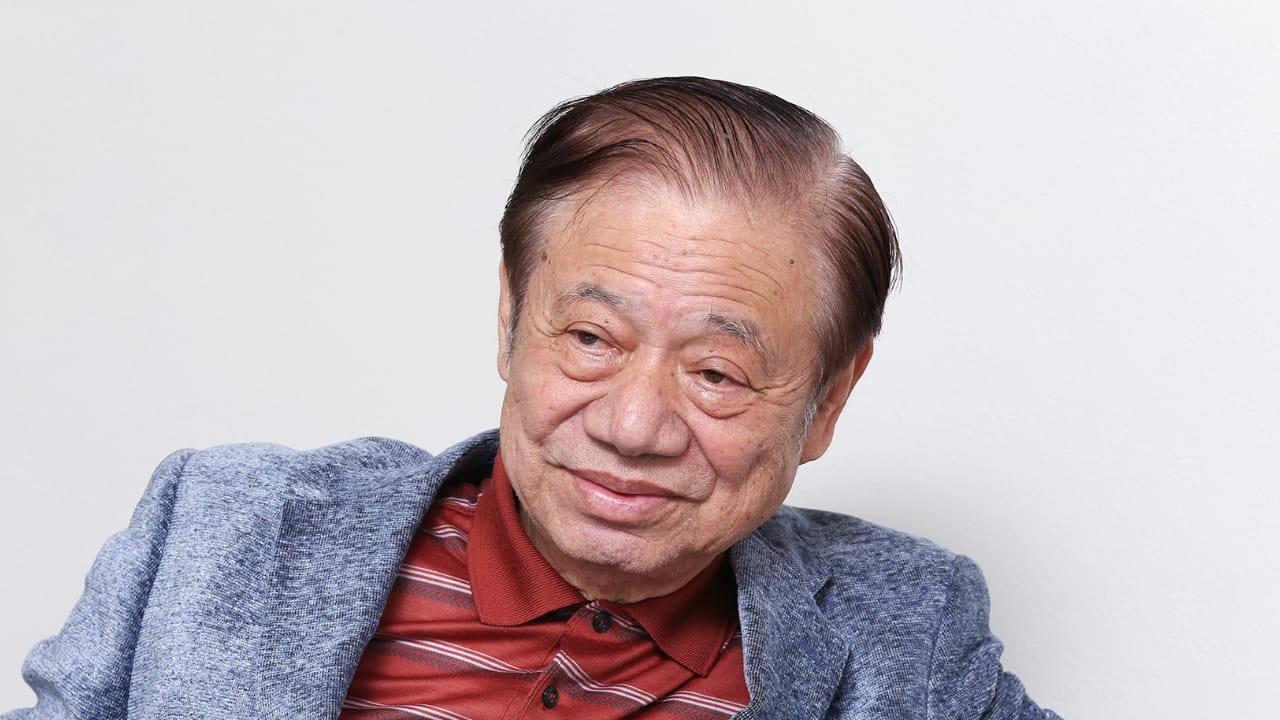
Kamachi Group Chairman / Founder
Kamachi Masumi
Born in Fukuoka Prefecture in 1940. Graduated from Kyushu University School of Medicine in 1965. After working at Toranomon Hospital, Kyushu University Graduate School of Medicine, Shimonoseki City Central Hospital, Fukuoka University School of Medicine, etc., opened "Shimonoseki Kamachi Clinic" in 1974 in Shimonoseki City, Yamaguchi Prefecture. In 1981, he opened a small hospital (currently Shin Komonji Hospital) in Kitakyushu City, and in 1987 Fukuoka Wajiro Hospital in Fukuoka City, and became the director.
Since 2003, he has been the chairman of the Giant Tree Society, and since 2018, he has also been the chairman of the Midorinokai.
Kamachi Group:
Currently, the group as a whole has five corporations: "Social Medical Corporation Foundation Ikeyukai," "General Incorporated Association Giant Tree Association," "Medical Corporation Incorporated Association Saitama Giant Tree Association," "Medical Corporation Incorporated Midorinokai," and "School Corporation Fukuoka Health Academy." It operates 23 hospitals, 3 clinics, 7 schools (1 nursing, 1 midwifery, 2 nursing rehabilitation, 3 rehabilitation) and 1 maternity hospital as pillars.
The major private hospital group "Kamachi Group" has achieved independent development centered on emergency medical care and convalescent rehabilitation medical care. We asked Mr. Masumi Kamachi, the founder who built the group in one generation, about his progress and management strategy.
Forty-five years have passed since Shimonoseki Kamachi Clinic in Shimonoseki City, Yamaguchi Prefecture, which started with 19 beds in 1974. I have grown up to run 7 schools that train rehabilitation therapists.
In the Kanto region, the Kamachi Group is known as a convalescent rehabilitation hospital, but we originally practiced acute care centered on emergency care. In the 1970s and 1980s, when the number of fatalities in traffic accidents was high due to the high growth period, there were few hospitals in the vicinity that responded to emergency care. Eliminates the ramblings of emergency patients. At the second small hospital (currently Shin Komonji Hospital) built in Kitakyushu City, doctors from all departments are made to live in close proximity to the hospital, making it a "quasi-all-medical doctor shift system", which is comparable to the three-shift system of large hospitals. I made it work. A 24-hour system will still be a prerequisite for the new hospital to gain the trust of the local population. After that, in Fukuoka Prefecture, we built 5 hospitals including Fukuoka Wajiro Hospital. The white bird helicopter for medical transportation was introduced early as a private hospital, and is useful for emergency medical care in speed competition. The Takeo Municipal Hospital in Saga Prefecture, which had been in the red for many years, was able to lead to sound management after the group took over and operated it.
When I first started the hospital in the 1970s, it was said that early rehabilitation for stroke patients was not good, but if a young talented therapist from a blind school performs appropriate rehabilitation immediately after treatment. He emphasized that the recovery was quick by showing an example. I was greatly encouraged by the therapist's foresight, as I also thought it was necessary to increase bed turnover in order to accommodate the increasing number of emergency patients. This made me realize the importance of early rehabilitation and began to focus on rehabilitation.
Focusing on the fact that there are very few convalescent rehabilitation beds nationwide in the Kanto area, we plan to expand into the Kanto area from around 2000. Starting with Yachiyo Rehabilitation Hospital in Chiba Prefecture in 2006, we have opened convalescent hospitals in Tokyo, Saitama, Kanagawa, Chiba, and Tochigi at a pace of 1-2 facilities a year.
In 2015, the largest Harajuku Rehabilitation Hospital in Japan (332 beds), which can be said to be the flagship, was opened. The initial investment was about 20 billion yen, and opening it in a prime location in the city center was a big challenge, but immediately after the hospital opened, patients were introduced from a large acute care hospital nearby, and it soon became full. I did. Moreover, the return-to-home rate was 89%, and the effect of rehabilitation was wonderful. After all, the needs were definitely there. The hospital has 21 doctors (including part-time), 120 physiotherapists, 80 occupational therapists, and 30 speech therapists. The equipment such as chairs in the examination room is colorful, and the designer thought about such bright colors.
Kamata's hospital is a renovation of Pioneer's Acoustic Research Institute, Gotanda's hospital is a former headquarters building of Renown, and Harajuku's hospital is a renovation of Kirin Brewery's former headquarters building. The construction period and construction costs that accompany it are greatly reduced.
The average return-to-home rate of the Kamachi Group is 89%, which is much higher than the national average of 78%, and the daily rehabilitation unit amount is a high level of about 8 units (160 minutes) or more. Regarding rehabilitation, we have more than 30 years of know-how, and I think that our greatest strength is that we have therapists and equipment that can handle patients with high severity. Many graduates who have studied at the Rehabilitation Academy, which was created to overcome the shortage of therapists, are now active in our hospital. By taking full advantage of these benefits and practicing both acute and convalescent rehabilitation, we will be able to provide seamless medical care.
All group hospitals are in the black except for new ones. As a result, it has led to success, but many have relied on past failures. I make management decisions based on my own sensibility, saying that I should move the policy of the Ministry of Health, Labor and Welfare 10 years ahead of schedule. We visit each hospital in the group twice a month on a regular basis, search for problems in the field, and give detailed guidance from the patient's perspective. We would like to make effective use of the medical expenses paid by patients and pursue medical care for the Yamato people with the motto "Technology in hands, knowledge in mind, love for patients".